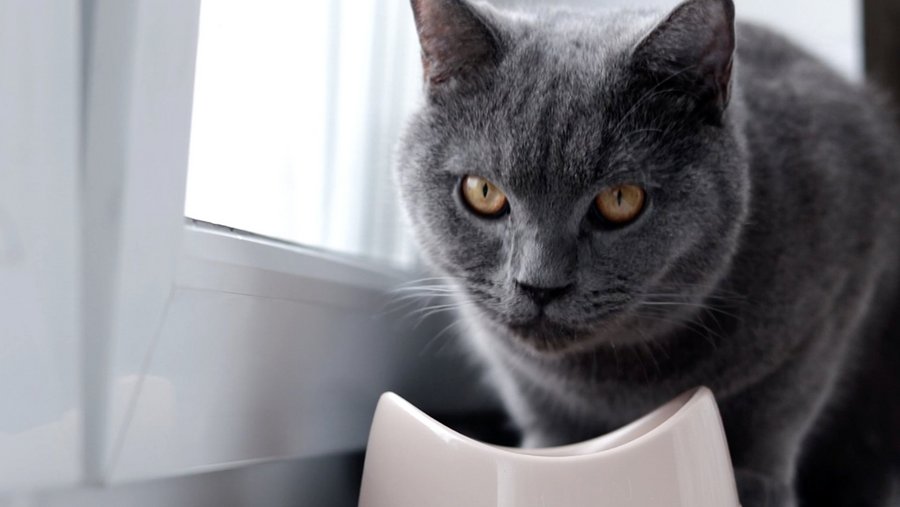But if we want to get our cats losing weight, simply reducing their food allowance isn’t going to cut it. Our cats are meat-eaters by nature and they require a diet packed with nutrients, so cutting their portions can do more harm than good.
To sustain a healthy cat weight, it’s far better to explore some of the special weight-control cat food options that are out there. In this post, we’ll talk you through some of the options available, so you can make an informed choice for your furry friend.
The Basics of Healthy Cat Food
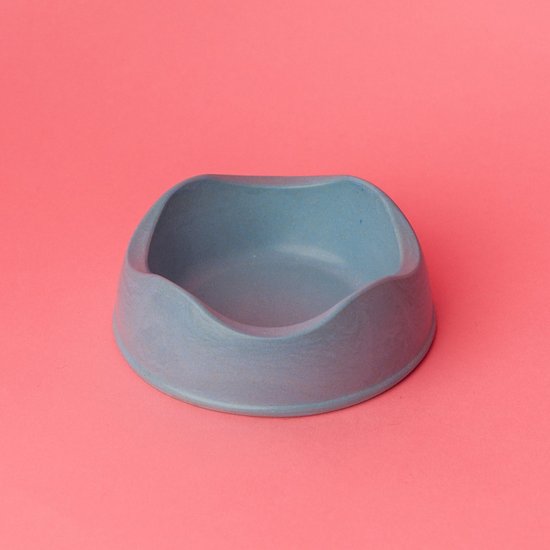
Unlike other mammals such as humans and dogs, cats are unable to digest and use nutrients from plant sources. So even a low-calorie cat food option has to be based on meat: vegetarian foods aren’t an option for our little tigers.
The core of a cat’s diet is protein. This provides their primary source of energy and supports everything from hair and skin to the nervous system. The protein should be backed up with lesser amounts of fats, which offer further energy and provide the building blocks for your cat’s cell walls.
Many cat foods also contain carbohydrates, which can provide another fuel source. However, they are not strictly necessary in your cat’s diet. The animals they would typically eat in the wild, like rodents and birds, contain little or no carb content.
Foods for a Healthy Cat Weight
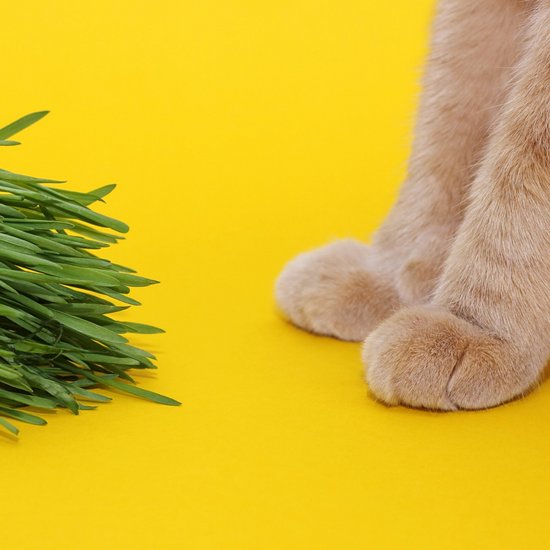
A well-formulated, low-calorie cat food will reduce your kitty’s overall calorie count while maintaining their nutritional balance.
These diet cat food options will:
- Provide a large amount of protein, sometimes more than regular cat food.
- Significantly reduce the amount of fat.
- Provide little or no carb content (typically no more than 1-2%).
Key points:
- Low-calorie cat foods should be based on meats like chicken, turkey, and salmon.
- Grains like corn and wheat, as well as starchy foods like potatoes, should be minimized.
- Jelly and gravy should be reduced to limit fats.
Additionally, the food should include vitamins, minerals, and fatty acids like omega-3, which have anti-inflammatory properties.
Age-Based Diets for Your Cat
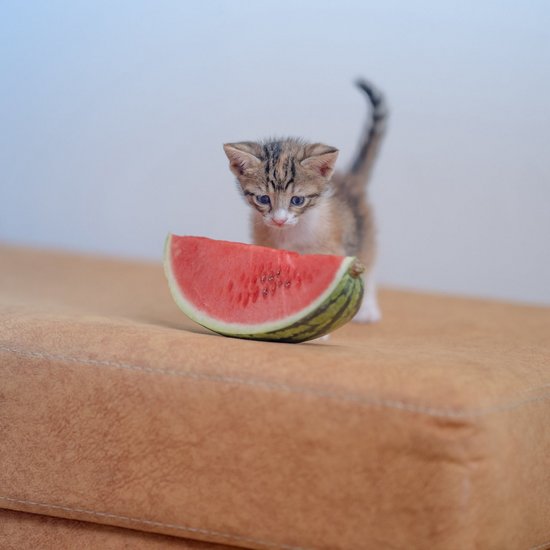
Beyond the core requirements, you may want to look for a weight-control cat food plan tailored to your cat’s specific age.
Cats’ lives can be divided into four stages:
- Kitten (0-12 months): Require more calories, fats, and minerals.
- Adult Cat (1-7 years): Balanced diet for maintenance.
- Senior Cat (7-11 years): Less calorie-dense diets to prevent obesity.
- Geriatric Cat (11+ years): Tailored diets for age-related needs.
For the best diet advice, consult your vet for tailored suggestions based on your cat’s unique circumstances.
Where Treats Come In
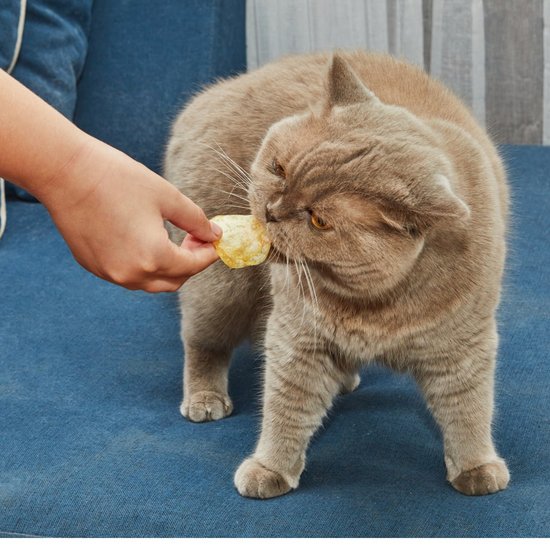
It’s easy to overlook the role of treats in a cat’s diet. If we get their main meals right, they can enjoy a reward once in a while.
However, treats should reflect the core nutritional balance of their meals and not overload them with fat and carbs. Diet-friendly treats, like Vitakraft’s Souprise Broth, are excellent options for portion control.

